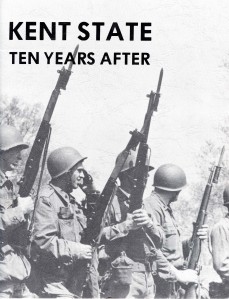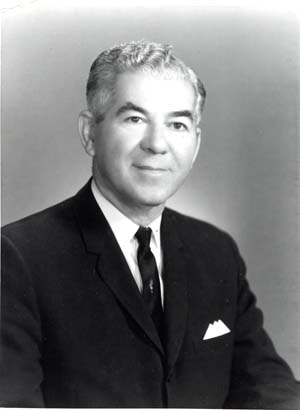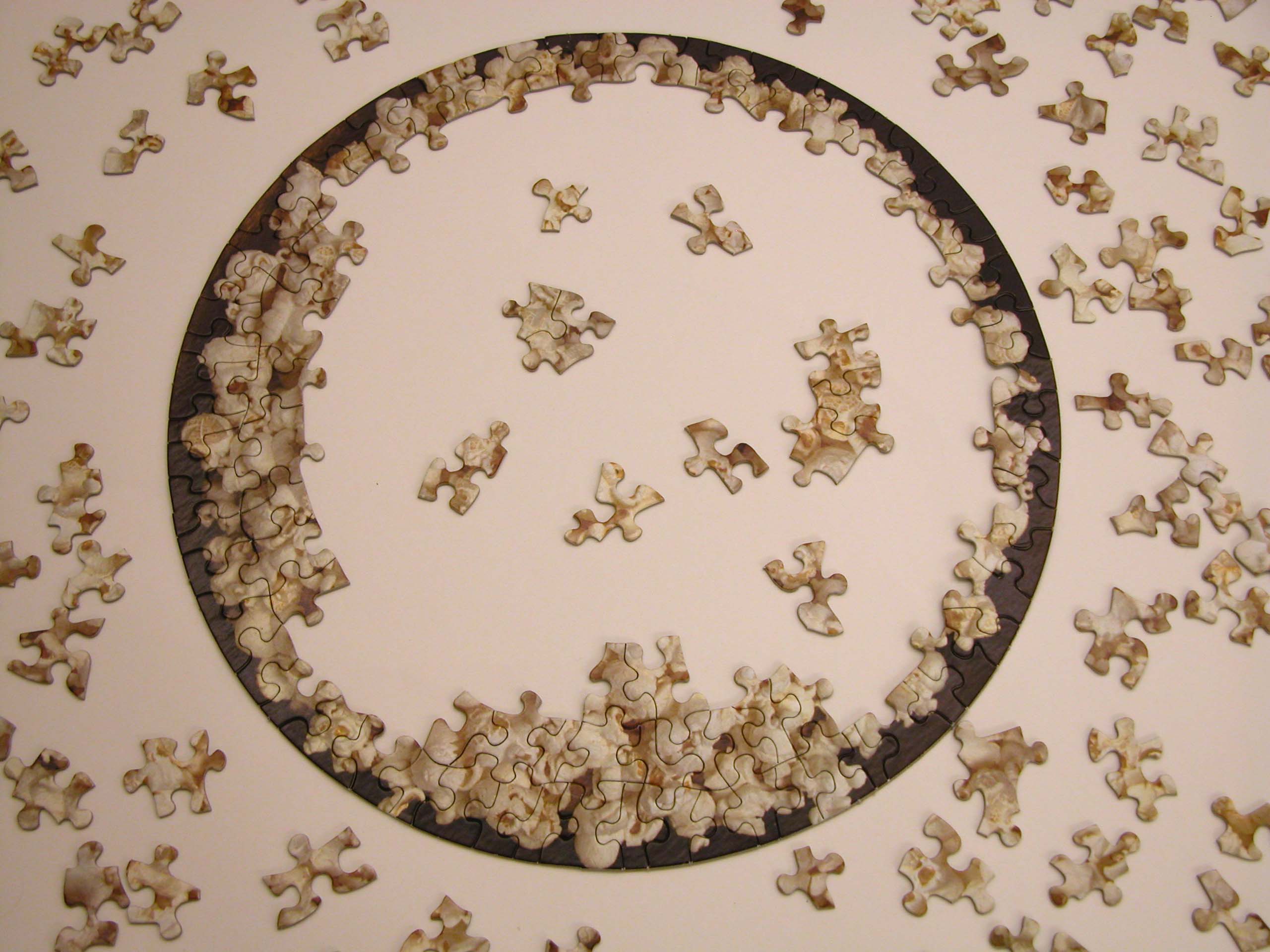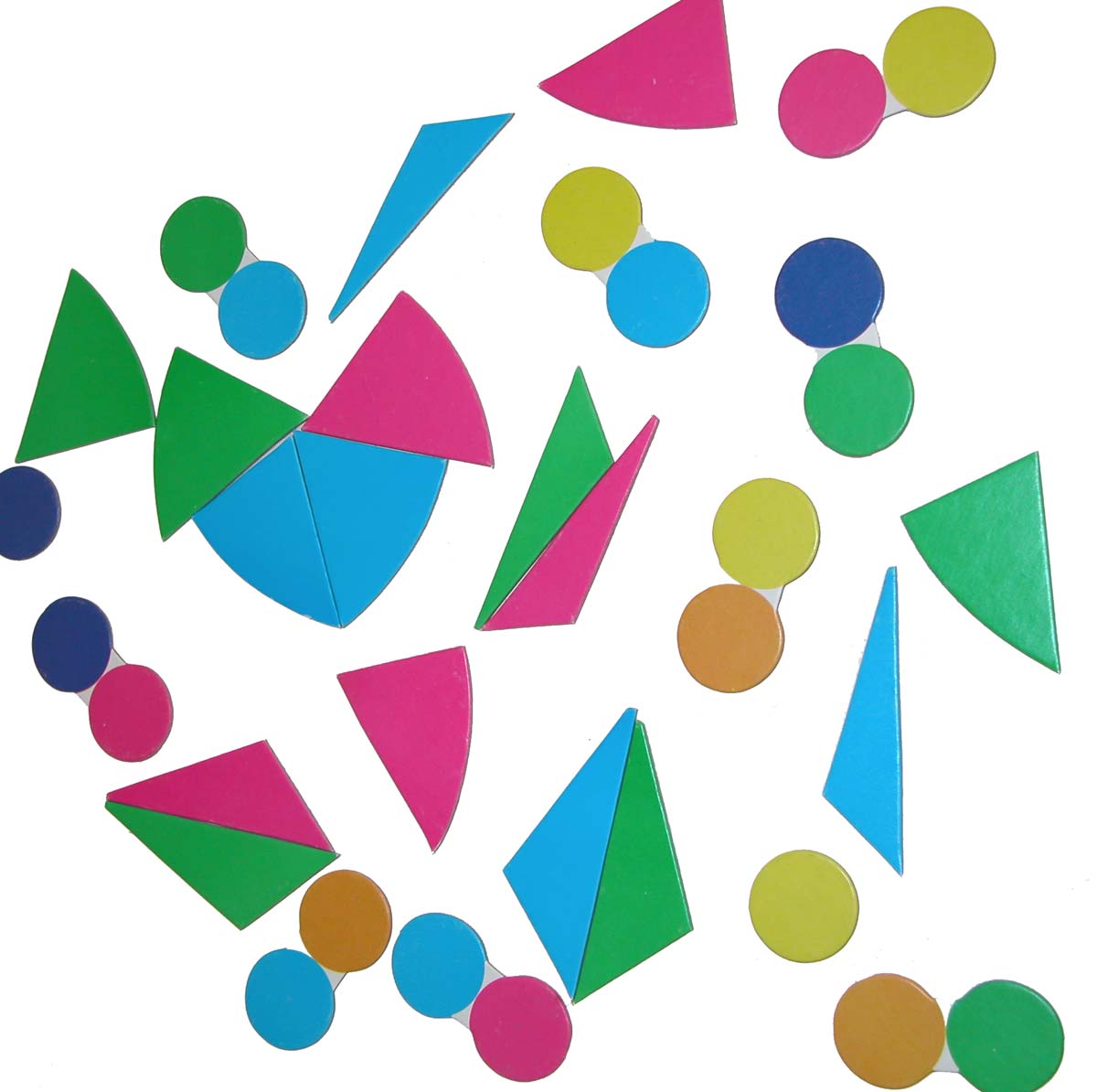Next weekend is UConn’s Alumni Weekend and we are celebrating with two very special exhibits that we will highlight all next week right here on our blog.

Athletic Event, circa 1948
Photographs from university activities and events are a significant portion of our collections, as is true with many archives in higher education institutions. They are incredibly important in documenting life on campus. But all too often the images are a result of staff photographers employed to take official pictures. We often see a different idea of what was important when students are taking the images.
The exhibit “Something Important Happened Today: Student Photography on Campus” is a special exhibit for us, as it is from the photograph collection of Carl Brandt, Class of 1949. While on campus in the late 1940s — a period of remarkable change on the Storrs campus — Brandt took thousands of photographs and this exhibit presents a selection of Dr. Brandt’s images, complemented by his memories.

A View of South Campus, circa 1947













